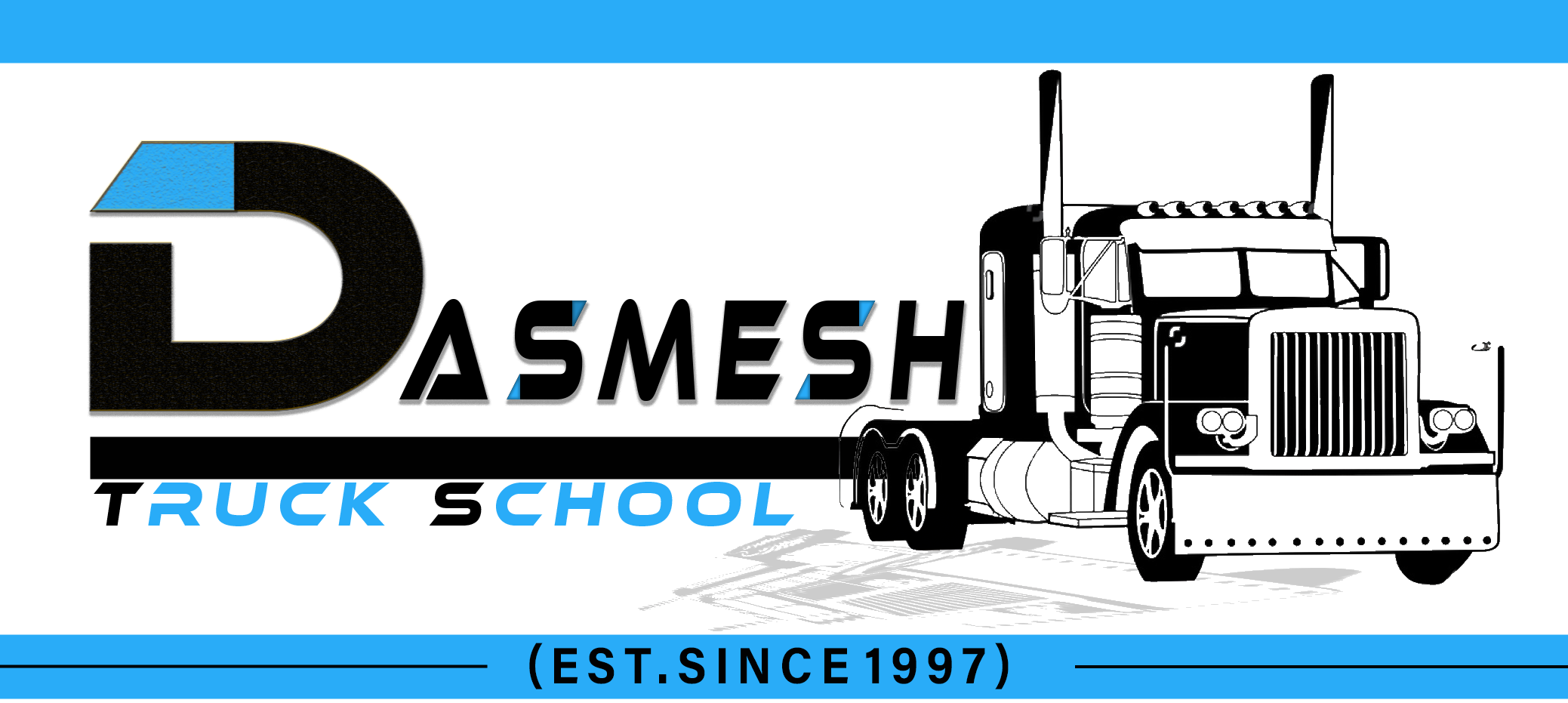Getting your Commercial Driver’s License (CDL) is the first step towards a rewarding career in the trucking industry. However, many aspiring truck drivers have questions about the training process. What should they expect during their CDL school experience? What skills will they learn, and how can they make the most of their truck driver training programs?
We spoke with Jane Smith, an experienced CDL instructor, to get answers to these questions and more. With years of experience in truck driver training programs, Jane has guided countless students toward obtaining their CDL and starting their careers on the road.

1. What Are the First Steps When Enrolling in a CDL School?
When you first decide to pursue a CDL, the enrollment process at a CDL school can seem overwhelming. Jane reassures us that it’s much easier than it may seem. “The first step is to research your local CDL schools to find one that fits your needs, whether you’re looking for a traditional school or a paid CDL training program. You’ll need to meet basic requirements, like being at least 18 years old (or 21 for interstate driving), having a valid driver’s license, and passing a medical exam. Once you’re enrolled, you’ll begin the training process, which generally starts with classroom instruction.”
2. What Does Classroom Training Look Like?
Many new students are surprised to learn that the classroom portion of CDL training is just as important as the behind-the-wheel instruction. “In the classroom, you’ll learn about federal and state regulations, road signs, safety protocols, and how to handle different driving conditions. A good portion of the training focuses on understanding the rules of the road and the trucking industry’s standards. You’ll also cover the mechanics of the truck, so you can perform basic maintenance and troubleshooting.”
Jane explains that this foundational knowledge is crucial for anyone who wants to succeed in truck driver training programs and avoid common pitfalls on the road. “It’s about building a solid understanding of the industry before you even start the engine.”
3. How Is the Behind-the-Wheel Training Structured?
Once students get comfortable with the basics in the classroom, they move on to behind-the-wheel training. Jane shares, “This is where the real learning begins. During behind-the-wheel training, you’ll be paired with an instructor who will guide you through everything from basic maneuvering to more complex driving situations like backing up, parking, and navigating highways.”
In most truck driver training programs, the training is conducted in a controlled environment at first, such as a driving range or parking lot. As students become more confident, they gradually take the truck on public roads. “You’ll learn everything from handling turns to dealing with traffic, weather, and tight spaces. The goal is to ensure that you’re comfortable and safe on the road before taking your CDL road test.”
4. How Long Does It Take to Complete Truck Driver Training Programs?
The duration of your CDL training can vary based on the school, the type of program, and your own pace. “Typically, a full-time CDL school will take about 4 to 6 weeks, but some schools offer flexible, part-time schedules that may take longer. The good news is that once you’ve completed the required hours, you’ll be ready to take your CDL exam and start your career.”
For those interested in paid CDL training, Jane notes that these programs may offer even more flexibility, as they often allow students to earn while they learn. “Paid CDL training is a great option for individuals who may not have the funds to pay for tuition upfront. These programs work with trucking companies that offer students a job after graduation in exchange for covering the cost of their training. It’s a win-win situation for both the student and the company.”
5. What Skills Are the Most Important to Master During Training?
While every aspect of truck driver training programs is important, Jane highlights a few skills that are especially essential. “Safety is the number one priority. Whether it’s knowing how to secure your load, keeping an eye out for potential hazards, or understanding how to navigate hazardous weather conditions, the ability to stay safe is key. Beyond that, skills like proper braking, shifting gears, and making wide turns are crucial.”
Additionally, Jane stresses the importance of good communication and customer service skills. “Truck drivers are often the face of the companies they work for. Building strong communication skills is essential, especially when it comes to dealing with dispatchers, fellow drivers, and clients.”
6. What Happens After Graduation from CDL School?
After completing a CDL training program, students typically take the CDL road test, which includes a skills test and a driving test. Jane explains, “Once you pass your test, you’ll receive your CDL and be able to apply for jobs as a truck driver. Many schools have partnerships with trucking companies, so they may even help you secure your first job.”
For those who have opted for paid CDL training, Jane says the process is even more streamlined. “Most paid CDL training programs require you to work for the trucking company that funded your training for a certain period of time. This can be a great way to gain experience while earning a paycheck, and many drivers stay with the company long-term.”
7. Tips for Success During CDL School
When it comes to succeeding in CDL school, Jane offers some valuable advice. “First, take your training seriously. Show up on time, be prepared, and ask questions whenever you’re unsure about something. Don’t rush through the process. Truck driver training programs are designed to ensure you’re ready for the road, and that takes time.”
Another piece of advice Jane offers is to practice good study habits. “The more time you spend reviewing your notes and practicing what you’ve learned, the more confident you’ll feel when it comes time for your exam and the road test.”

Conclusion
Getting your CDL is an exciting step towards a fulfilling career in the trucking industry, and the training you receive will set the foundation for your success. Whether you’re attending a traditional CDL school or considering a paid CDL training program, the skills and knowledge you gain will be invaluable.
By following the guidance of experienced instructors like Jane and staying dedicated to the process, you’ll be well on your way to becoming a professional truck driver.
If you’re ready to get started, research truck driver training programs near you, and take the first step toward an exciting future on the road!
